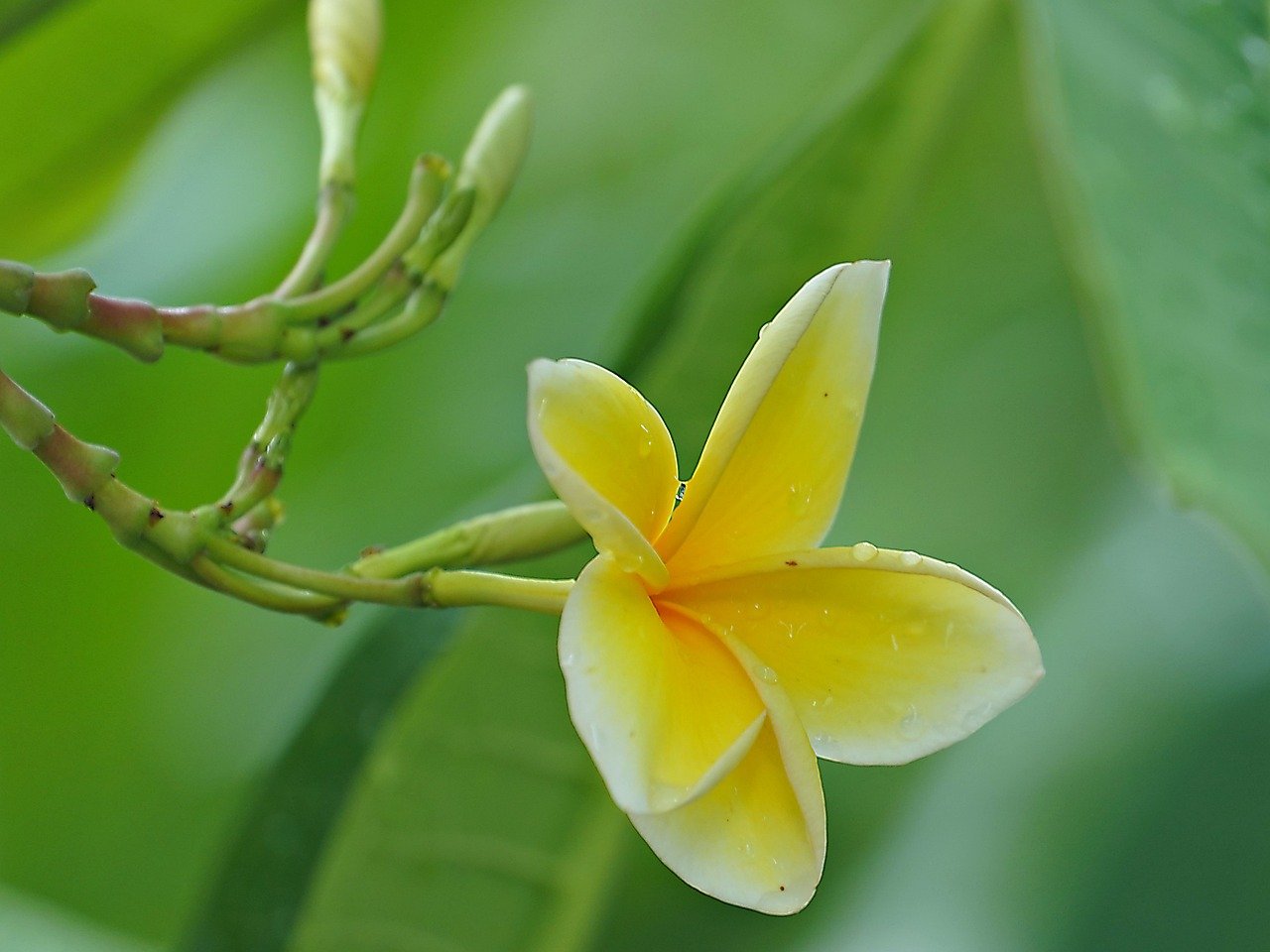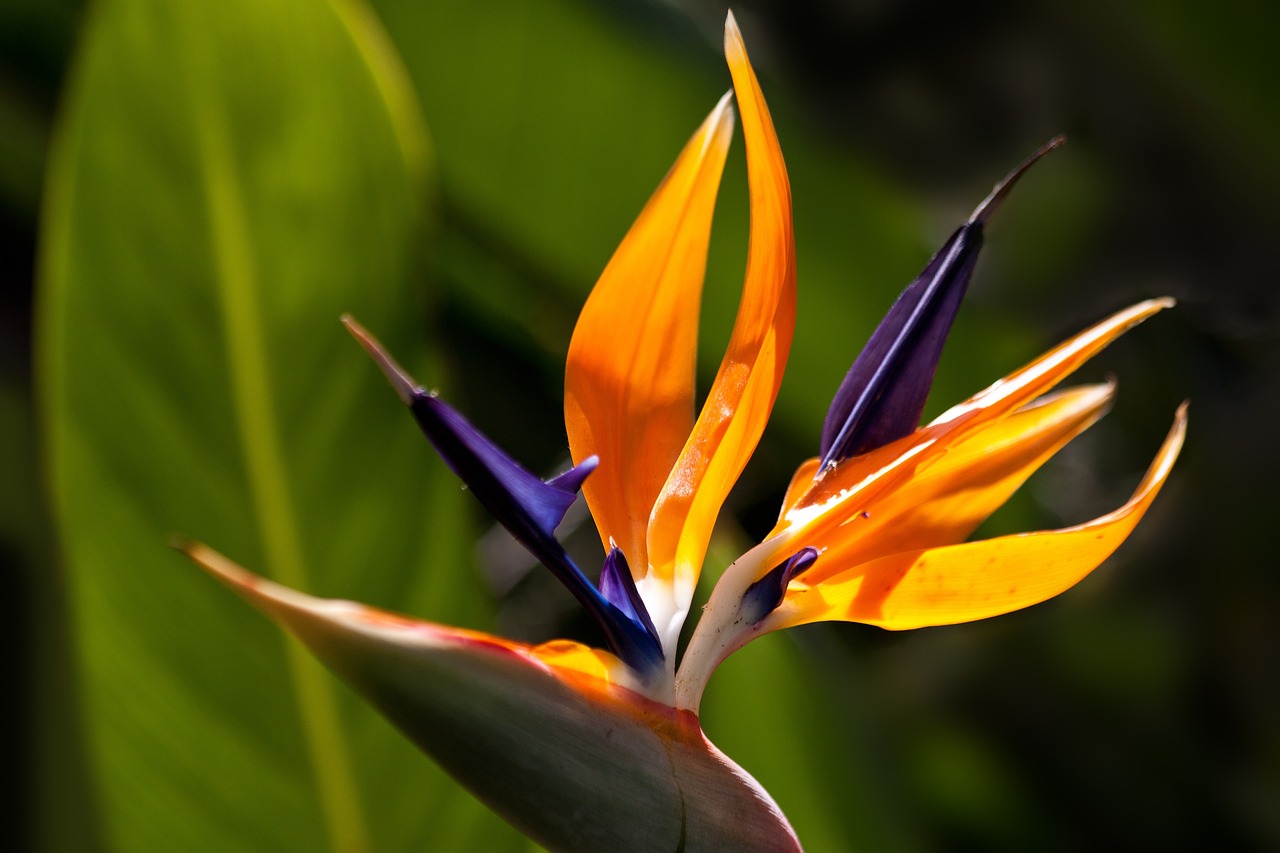Cultivating a Tropical Garden
With its warm climate, abundant sunshine, and diverse range of native and exotic plants, Florida is an ideal location for cultivating a tropical paradise. Creating a Florida tropical garden can be a rewarding project for homeowners, adding a vibrant splash of color and lush greenery to your yard. Here’s a guide to help you design and create a stunning tropical garden for your personal enjoyment.
Planning Your Tropical Garden
- Understand Your Space: Start by evaluating your garden’s size, shape, and sun exposure. Tropical plants generally thrive in full sun, but some prefer partial shade. Determine the soil type and drainage conditions, as tropical plants often require well-draining soil to prevent root rot.
- Design Your Layout: Sketch a rough layout of your garden, considering the placement of key elements like seating areas, pathways, and focal points. A well-designed tropical garden often features layers of plantings, with tall palms or trees at the back, mid-sized shrubs and ornamental grasses in the middle, and ground covers and flowering plants at the front.
- Choose Your Plants: Florida’s tropical climate supports a wide variety of plants. Here are some popular choices:
Palms: Palms are quintessential tropical plants. The Royal Palm and Coconut Palm are classic choices. For a more compact option, consider the Pygmy Date Palm.
Hibiscus: These vibrant flowering shrubs come in a range of colors and add a burst of tropical flair. They are also relatively easy to grow.
Bird of Paradise: With its striking, banana-like foliage and dramatic flowers, Bird of Paradise adds a bold, exotic touch.
Heliconia: Known for its unique, lobster-claw-like flowers, Heliconia is a unique addition to any tropical garden.
Ferns: Adding a variety of ferns, such as the Boston Fern or Maidenhair Fern, can enhance the lush, layered look of your garden.
Orchids: While a bit more delicate, orchids can thrive in Florida’s climate, especially if you provide them with the right conditions.
- Incorporate Hardscaping: To complement your plantings, consider adding hardscaping elements. A meandering path made of natural stone or pavers can lead visitors through your garden, while a decorative fountain or water feature adds a soothing soundscape. Seating areas with tropical-themed furniture provide a place to relax and enjoy the scenery.
-
Planting and Maintenance of Your Tropical Garden
- Soil Preparation: Before planting, enrich your soil with organic matter such as compost or aged manure. This improves soil structure and fertility, helping your plants establish strong root systems.
- Planting Techniques: When planting, dig holes that are twice as wide as the root ball but only as deep. Place the plant in the hole, ensuring that the top of the root ball is level with the surrounding soil. Water thoroughly after planting to eliminate air pockets and encourage root growth.
- Watering and Fertilizing: Tropical plants typically require regular watering, especially during dry spells. Aim to water deeply and less frequently to encourage deep root growth. Use a balanced fertilizer every 4-6 weeks during the growing season to keep plants healthy and vibrant.
- Pruning and Maintenance: Regular pruning helps maintain the shape and health of your plants. Remove dead or diseased foliage and spent flowers to encourage new growth. Keep an eye out for pests and diseases, and address any issues promptly to prevent damage.
- Mulching: Apply a layer of organic mulch around your plants to retain soil moisture, regulate soil temperature, and reduce weed growth. Mulch also adds a finished look to your garden beds.
Enjoying Your Tropical Oasis
With the right planning and care, your Florida tropical garden will become a lush, vibrant retreat that showcases the natural beauty of our tropical home.
The team at Tropex has the expertise to help luxury homeowners and commercial business owners in creating a beautiful tropical garden. Call today to learn more about our design options, as well as ongoing care and maintenance.



